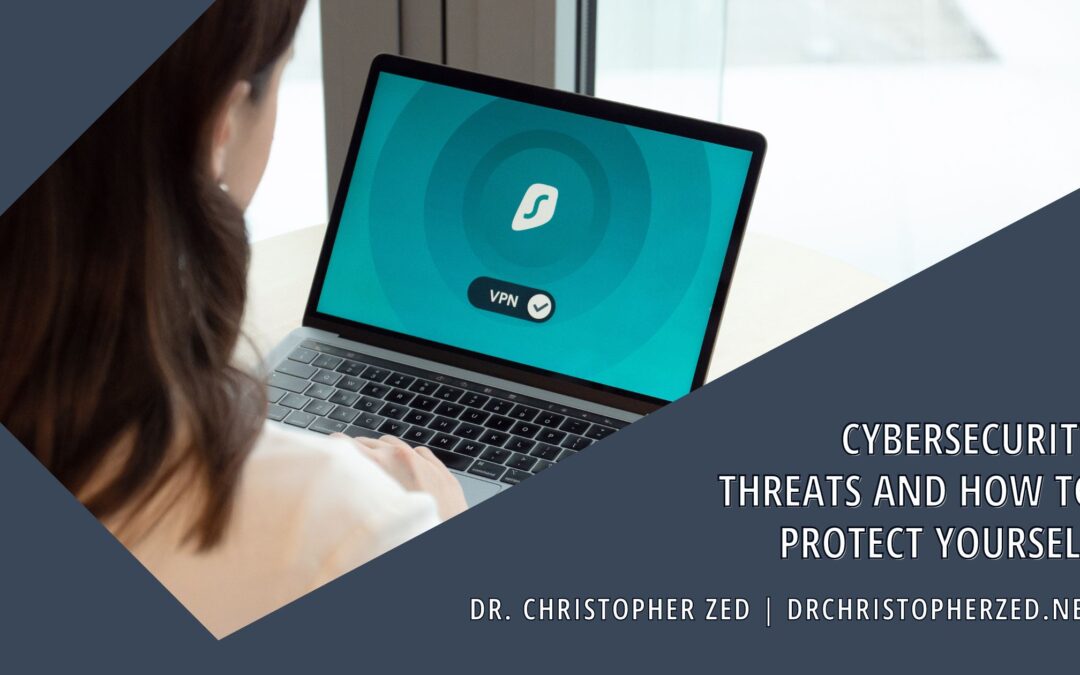Cybersecurity threats pose a significant risk to individuals and organizations alike. From phishing attacks to malware infections, cybercriminals constantly seek to exploit vulnerabilities in our online presence. It is crucial to understand these threats and take proactive steps to protect ourselves. By implementing these security measures, you can minimize the risk of falling victim to cyberattacks and maintain your online security.
Phishing Attacks
Phishing attacks involve cybercriminals posing as trustworthy entities to trick individuals into revealing sensitive information such as usernames, passwords, or credit card details. Protect yourself from phishing attacks by:
- Being cautious of suspicious emails, messages, or calls asking for personal information.
- Verifying the legitimacy of websites before entering login credentials.
- Avoiding clicking on suspicious links or downloading attachments from unknown sources.
- Keeping your operating system and security software up to date to detect and block phishing attempts.
Malware Infections
Malware refers to malicious software designed to damage or gain unauthorized access to computer systems. Protect yourself from malware infections by:
- Installing reputable antivirus and antimalware software.
- Keeping your software, operating system, and web browsers up to date.
- Avoiding downloading files or software from untrusted sources.
- Being cautious of clicking on pop-up ads or visiting suspicious websites.
- Regularly scanning your devices for malware and removing any identified threats.
Weak Passwords and Credential Theft
Weak passwords make it easier for cybercriminals to gain unauthorized access to your accounts. Protect yourself from credential theft by:
- Creating strong, unique passwords for each of your online accounts.
- Using a password manager to securely store and generate complex passwords.
- Enabling two-factor authentication whenever possible to add an extra layer of security.
- Avoiding sharing passwords or using the same password across multiple accounts.
Social Engineering Attacks
Social engineering attacks involve manipulating individuals to gain access to confidential information. Protect yourself from social engineering attacks by:
- Being skeptical of unsolicited requests for personal or financial information.
- Verifying the identity of individuals or organizations before providing sensitive information.
- Being cautious of sharing personal information on social media platforms.
- Educating yourself and your family members about common social engineering tactics.
Secure Network and Device Practices
Maintaining a secure network and device practices can significantly enhance your cybersecurity. Protect yourself by:
- Securing your Wi-Fi network with a strong password and encryption.
- Regularly updating your devices with the latest security patches.
- Using a virtual private network (VPN) when accessing public Wi-Fi networks.
- Backing up your data regularly to protect against data loss from ransomware attacks.
In an increasingly interconnected world, cybersecurity threats are ever-present. By understanding the common threats and implementing proactive measures like being cautious of phishing attacks, protecting against malware infections, using strong passwords, staying vigilant against social engineering, and practicing secure network and device habits, you can significantly reduce your risk and protect your digital presence and sensitive information. Stay informed, stay proactive, and prioritize your cybersecurity for a safer online experience.

